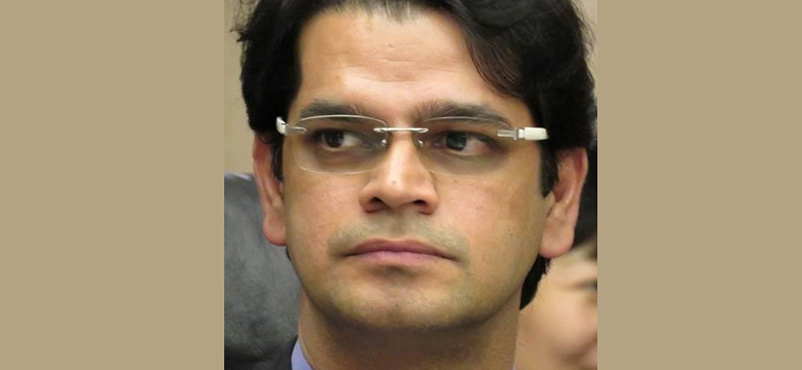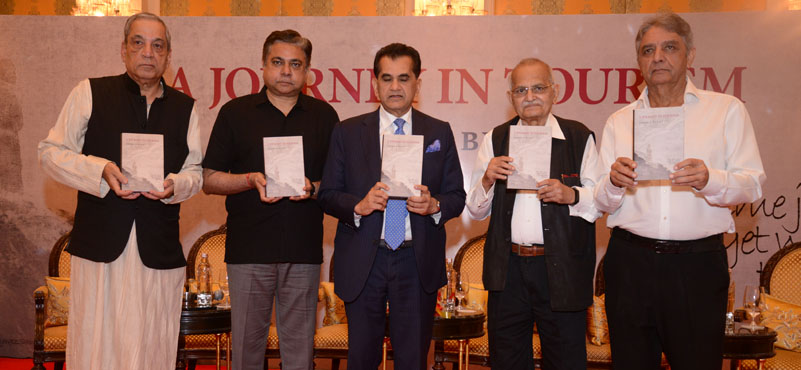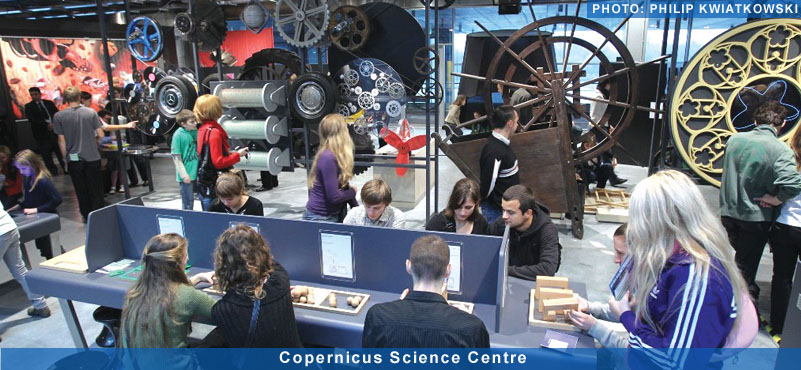The art had assumed greater significance than the artist, leading to a systematic loss of knowledge systems and traditions involved in creating such heritage structures – critical to ensuring the conservation of the structure itself, suggested Navin Piplani Principal Director, INTACH Heritage Academy. He was speaking at a lecture on “Taj-A search for Authenticity” at INTACH.
Navin Piplani suggested that conserving and nurturing artisans involved in the process of creating traditional art and crafts was crucial towards any attempt to conserve tangible heritage for posterity. He mentioned that the revival of traditional craftsmanship was an element not being given the due attention it deserved. He shared that in one of the projects involving restoring structures in the Taj Mahal complex, funded by TATAs, he used the similar method, used originally, to create limestone, using animals and hand-carts to crush and create lime in the traditional way. “Such processes are important not only for the revival of traditional craftsmanship but also for keeping alive the knowledge systems required to perform such detailed and delicate arts,” he said. “If we do not do it at the Taj Mahal then where else will we do it, “he added, stressing that the Taj Mahal was India’s most iconic tourist site “and it could take a lead in the same.” “People could follow these examples,” he substantiated.
He further noted that no amount of technology and factory-based production could duplicate the intricate designs and patterns used in some of the medieval era structures and it required an in-depth knowledge and instinctive skills to recreate the bygone era.
Reflecting on the relationship between an artist and the object, he rued that tourists were often swayed by the majesty of the Taj Mahal, but seldom took the time to appreciate the artist community for their unwavering dedication towards their craft. “We have forgotten about them, their children and their lives. The object has become more important than the artist creating it,” he said.
Making a mention of the recent trend among private sector companies showing eagerness to adopt a heritage monument – under the Adopt a Heritage Scheme rolled out by the GoI, most recent being the Red Fort, adopted by the Dalmia Group – he pointed out that while private companies were willing to shell crores of rupees to protect a monument, but not a single rupee was being spent to ensure the sustenance of craftsmen, non-negotiable for any long-term conservation effort.
He suggested addressing this dichotomy for making any tangible headway in conserving national heritage.




































